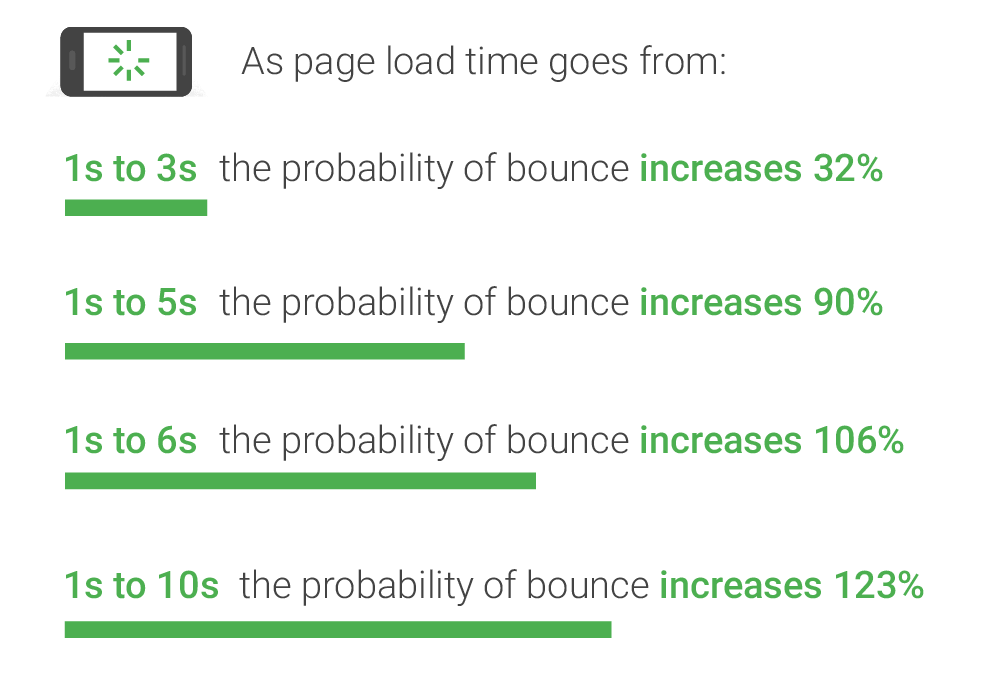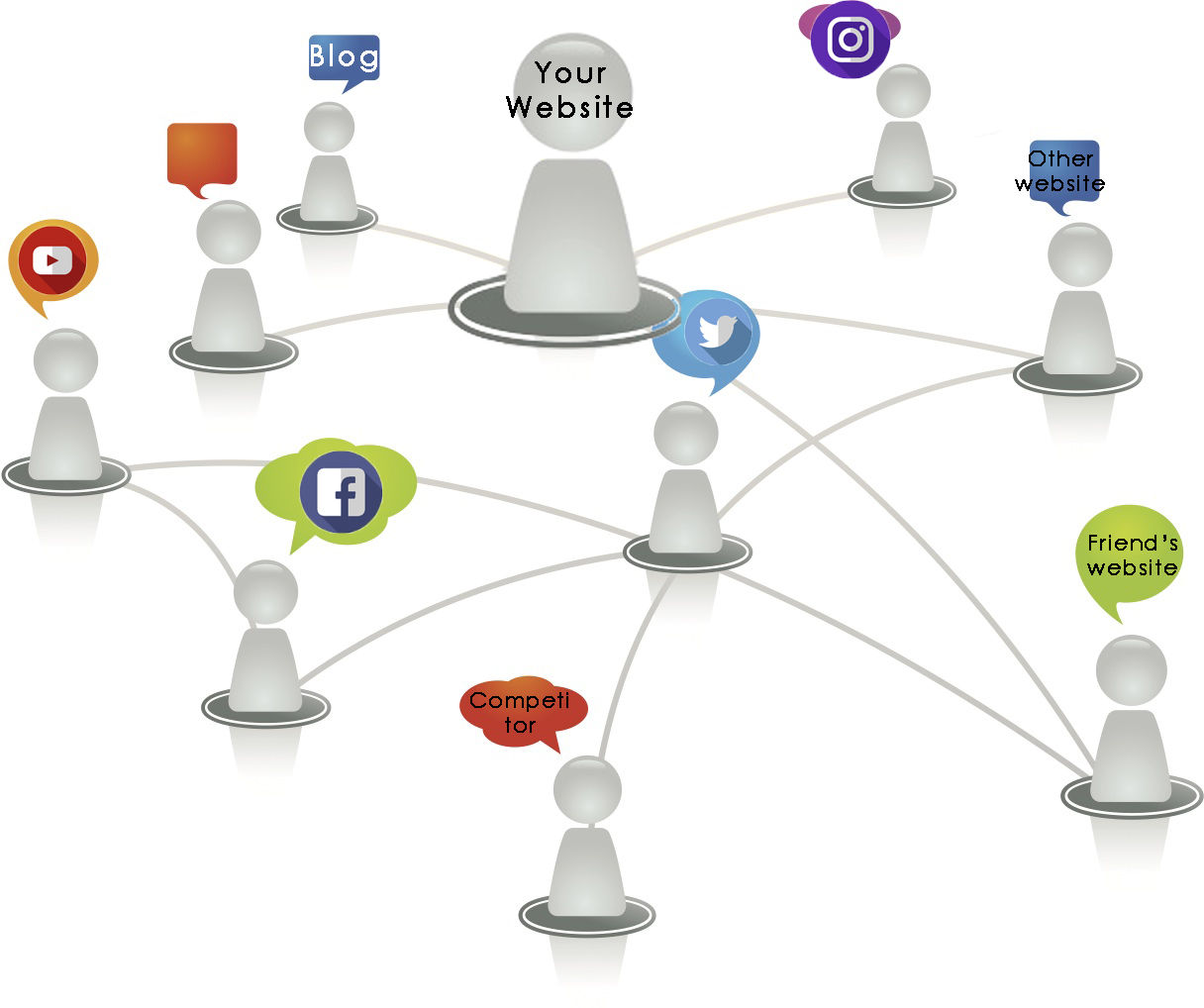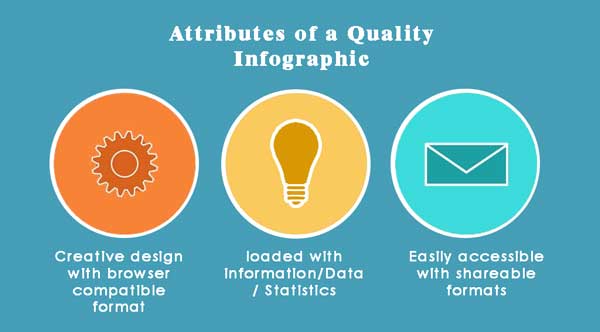The holiday season is coming to its end and with it, the season of gifts and indulgence is also almost over. As we enter in 2018, it is about time to get back to business and get things straight. It is time to reflect on what will dominate SEO horizons in 2018, what kind of year it would be for Webmasters and businesses, and what can we expect from the year?
Search engines have continued to evolve last year, maintaining their tradition to refine and improve search result quality. At the same time, more businesses are taking an interest in internet marketing and optimization efforts. With sophisticated and complex algorithms, raging competition, and increasing awareness around Search Engine Optimization, SEO is becoming more complicated than ever before. SEO is no more just about keyword density and backlinks. In fact, some of the famous SEO techniques of the past have become serious offenses deserving penalties in the current optimization landscape. Ranking factors are always changing, with some dominating the others while others are completely falling apart.
Therefore, it is the right time to contemplate and discuss latest and the most important SEO trends of this year, preparing and aligning SEO strategy to stay ahead.
Team ESP Interactive Solutions, as the leading Bay Area SEO company has prepared a list of the dominating SEO trends for 2018. Here is what we expect SEO landscape to look like in this year.
#1- Evolution of SERP and Featured Snippets
SERP or Search Engine Result Pages are nothing like these have been two years ago, let alone a decade ago. In the past, there were ten links shown on the result page with title text in blue, links in green, and meta description in black. That was it! The theory that the top results in organic search get most clicks
But, now it is not that simple anymore. The new features like position 0, local 3-pack results, relevant images, and news have been introduced in SERP, stealing clicks from the first organic result.
For example, you type and enter ‘Apple Pie Recipe’ in Google’s search engine. A typical result page looks something like this.

On the top is position 0, where you can read the steps without clicking on the link. Position 0 is Google’s way of quickly answering questions to the user, displaying information on the top. You can also see information including user rating, image, votes, baking time, and calories along with the link, title, and description. These rich snippets are a product of structured data.
Structured data facilitates search engine to crawl, understand and interpret content. As such, structured data has not been a confirmed ranking factor and it is most likely does not improve ranking. However, through properly displaying content in search results, it attracts users and increases click-through rate which improves ranking.
What Should You do?
It is time to take featured snippets and changes in SERPs seriously. Adopt structured data tools such as schema.org to make sure that your content is organized and concise. It is also a good time to start tracking your ranking on different SERP features like top stories, videos, and images as these can be potentially sucking traffic from you.
#2-Speed and Security
Page speed matters and matters a lot. Since 2010, Google has confirmed page speed as a ranking factor. Fast loading websites align with Google’s goals of building a user-centric internet experience. Page speed will continue to play a major role in determining the quality of UX or User Experience of a website which in turns contribute to ranking. Google has an unsurpassed speed of loading in half a second, while it can be overambitious in some cases, you must aim for a website loading in under two seconds. Google’s recommended speed for web pages is three seconds, but the faster, the better.
Website security is a big yes! Digging a little deep in the Google’s SERP, you will realize that almost all links are HTTPS and SSL domains. According to SEMrush survey, 65% of the website that ranks on top 3 positions are always HTTPS. An unsecured site sends untrustworthy signals to the users once they land on the page, resulting in high bounce rate; and you can expect a drop in rankings.

So, if you have not considered site security yet, you should make sure that all of your pages are sent over secured servers. Choose HTTPS domain for your website, and not only it will help you to build a secure website, but it will also reward you with improved ranking as well.
#3-Voice Search on the Rise
You would be aware of the fact that Google has launched a voice search assistant for Android. More and more smartphones and devices are launched with built-in voice assistants. If you have turned a deaf ear to buzz about voice search till now, 2018 is the time to rectify it.
Google’s study reported that a whopping 41% of adults and 55% of teens use voice search more than once every day. Need more facts? 1 in every five searches already come from voice search, and 25% of searches on Android devices in the US are voice searches (jaw-dropping?). Google with its Pixel 2 phone, Google Home, and Google Assistant along with Amazon’s echo are determined to make voice-activated devices part of everyday life, and we can already see the momentum gaining around these devices.

If you have been skeptical about voice search, it is time to mend your ways. With voice search, queries become more of a conversational nature rather than an odd collection of words. So, the SEO webmasters need to pick up this trend of making content conversational, concise, and relevant to everyday language use. It also emphasizes the long-tail keywords and common syntax.
#4-Mobile Is Only Going Uphill
You would have read about mobile friendliness in the past too. They have been making to SEO masters’ new year resolutions for quite some time and was also part of SEO trends of 2017. But, no matter what, the importance of mobile in optimization cannot be emphasized enough.
With increasing voice searches, you may think that mobile friendliness is not that relevant anymore or mobile searches are not big anymore. But, it is another way around. Most of the voice searches come from smartphones and mobile devices, and as voice search increases, this trend is expected to rise.
So, Google’s impending mobile-first indexing, rising volume of mobile search, increasing trend of voice search, and mobile-friendliness as a confirmed ranking factor are the signals all pointing towards the need for mobile optimization. Not only your website should be mobile-friendly with fast loading times, but it should offer a seamless mobile experience to the user. If a user needs to log in to your website from a desktop to read, to get information or to place an order, you are most likely losing a sizeable chunk of your potential customers.
#5-Personalized and Biased SERPs and Machine Learning
Do you think that search results are same for everyone for the same query? I hope you don’t. Search results are modified based on the location of user and business. Or in a geeky way, Local search modifies the result from location to location.
So, do all users searching for ‘best HIIT studio in San Francisco’ see the same results? Or do small business owners looking for ‘best social media marketing company in Bay Area’ see same results? No! Search results are not only defined by the location of the user, but also integrate factors like user’s search history, interests, and frequently visited websites.
Google’s personalization of search results began in 2002 and had advanced a lot in these years. Personalized SERPs are displayed through data taken from history, account information if the person is logged into Gmail in the browser, and cookies stored in the cache. However, it does not mean that you do not stand a chance.
But, it means that you must focus on producing user-centric, informative, and authentic content that grabs attention and is capable of bringing the user back to your website. The personalization of SERPs is an opportunity if it is used in the right way. If you have been successful in being among the top results when the user first searched the query and user landed on your website, you can use cookies to store some information of your website in user’s browser. Furthermore, if user stayed on your website for a good time, there are chances that you will be among top results for any subsequent queries.
Take Away?
So, if you want your SEO strategy to perform in 2018 and beyond, you should stay current on the latest trends and ranking factors along with a futuristic outlook. The year has just begun, and like last year, Google’s confirmed, and unconfirmed algorithm updates can roll anytime. Things may change in due course with changes in ranking factor and their relative importance. Till then, focus on making it to rich snippets, knowledge graph, tweaking your website to make it secure and fast, modifying your website and strategy to make it voice and mobile-friendly, and finally using personalized SERPs for your benefit.




